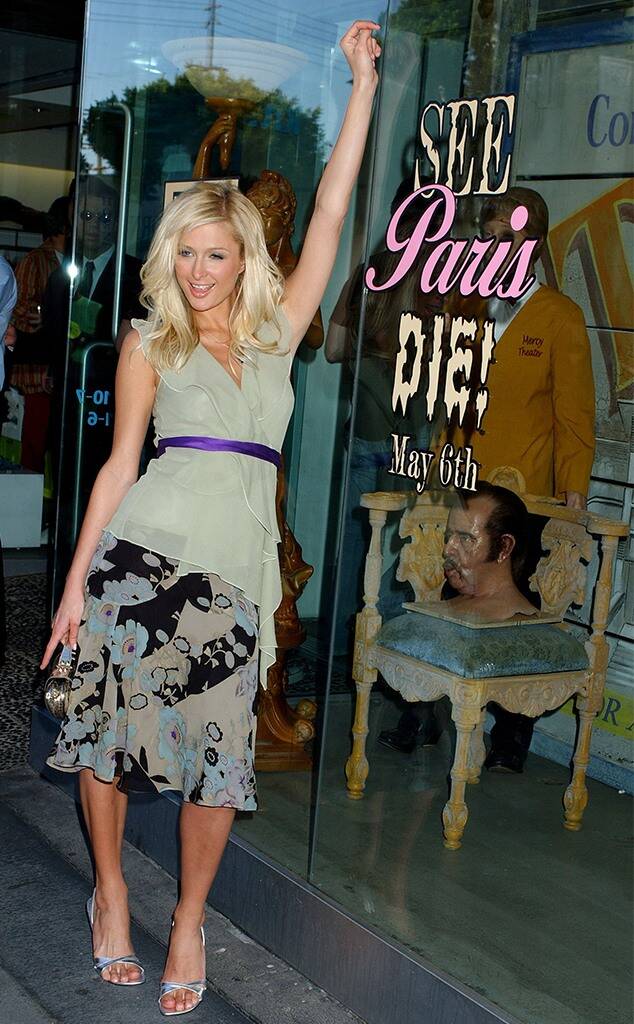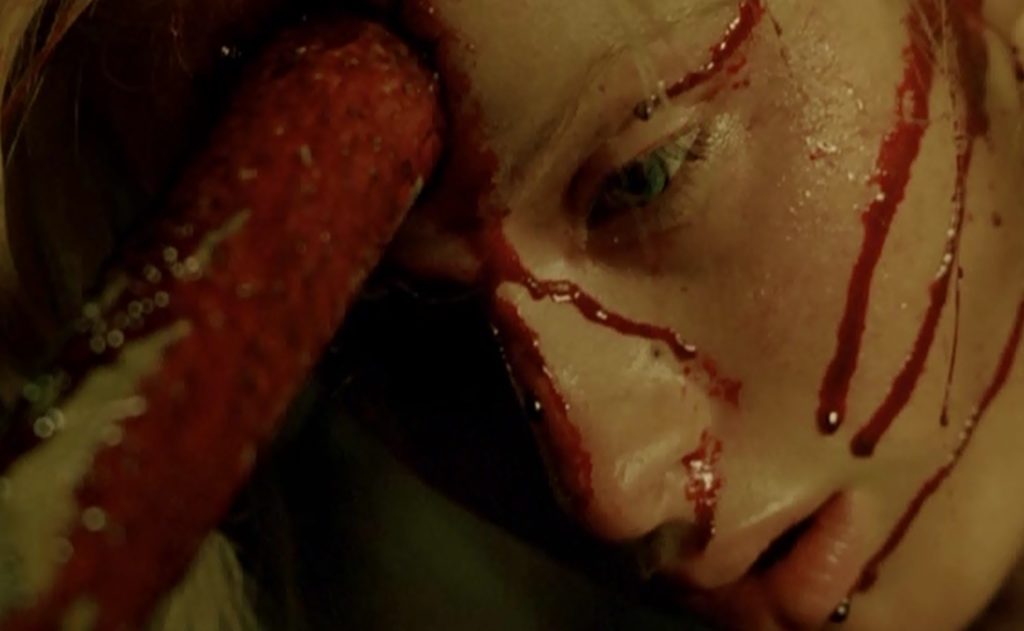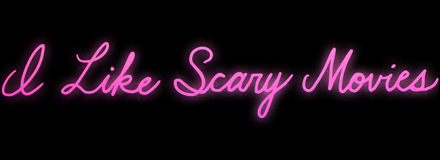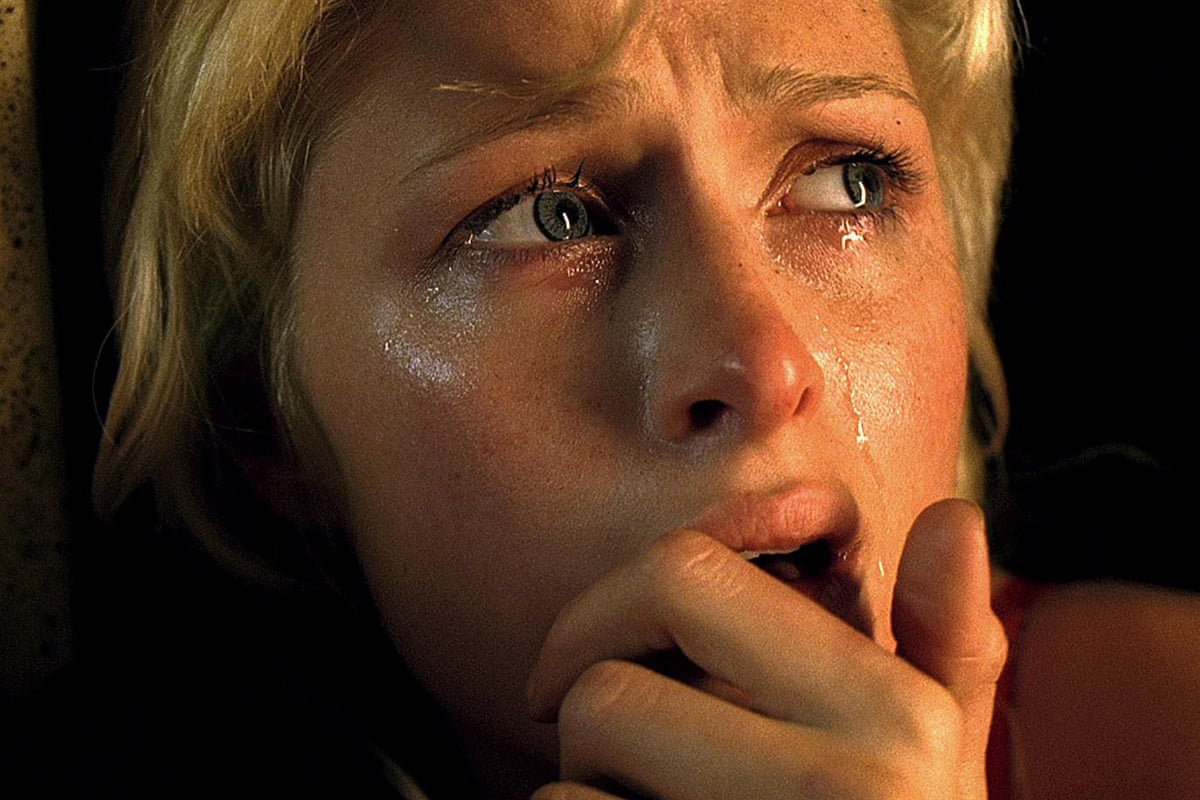As much as I love the 90s and early aughts, the way we treated women in the early 2000s was not something to be proud of. This is glaringly obvious when we look back at the relentlessly vicious treatment of celebrity women like Britney Spears, Paris Hilton, Megan Fox, Lindsay Lohan, and countless others in the media. Now in 2021, we are experiencing a cultural shift where these women are finally being given a reevaluation and a long-overdue apology from the media and society at large.
As part of this reexamination of exploited early 2000s female icons, and especially in the wake of Paris Hilton’s cultural comeback since her recent documentary, I think it is fitting to look back on one of the strangest examples of the mistreatment that Paris received by the media in the early aughts: the “See Paris Die” marketing campaign.
The “See Paris Die” Marketing Campaign
In the year 2005 even before the rise of Twitter and Instagram, when Facebook was in its infancy and MySpace was gaining momentum, viral marketing still existed, and the “See Paris Die” campaign was born. This infamous campaign was created to promote the 2005 remake of House Of Wax, and capitalized on what marketing minds thought the main selling point of the movie should be: the onscreen death of Paris Hilton. “See Paris Die” signs were hung in the windows of Kitson, a mid-’00s boutique in West Hollywood, and limited-edition t-shirts emblazoned with “See Paris Die” were sold out upon arrival. House Of Wax received $70 million worth of tickets sales around the world, and one can assume that due to the success of the marketing campaign, many theatergoers were filling the seats to watch House Of Wax excited that they would get to see Paris Hilton die.


E! Online contemplates whether the campaign is “mean, misogynist or merely macabre”, and I think it’s all of the above—mostly glaringly misogynist.
Before we continue, just to be clear, I am not speaking to the gay horror community who I have heard in various horror podcasts unironically celebrated Paris’ inclusion in House Of Wax and enjoyed the camp factor of the “See Paris Die” campaign because they were genre fans as well as genuine fans of hers, so they relished promoting the campaign right alongside her. As Sam Wineman (host of one of my favourite podcasts, Aughtsterion) tweets, “[In 2006] she is both loved and hated at the same time… she’s the joke and the fantasy. She is on top AND bottom. And that is why the See Paris Die campaign spoke to queer people. We loved it because that was us.” This article, rather, speaks to the shameless consumers who rushed to theatres to “See Paris Die” because they had dehumanized her to the point of hating her.
Paris’ Support
Although Paris has been photographed posing with Kitson’s “See Paris Die” posters while smiling knowingly, and quoted in interviews as being proud of her part in House Of Wax, little to nothing is known about her candid thoughts on the “See Paris Die” campaign itself. For the record, I absolutely do not think that Paris was a passive participant in this, she is an intelligent woman, and no doubt she saw an opportunity to profit off her haters, because why should she not?
Furthermore, I wholeheartedly give credit to Paris for being a “good sport” (which is a massive understatement) and supporting this campaign that’s exploiting her celebrity status for ticket sales—but whether she supports it or not, it still doesn’t sit right with me. Sure, the “See Paris Die” marketing campaign could be seen as a commentary on celebrity worship or against Paris in particular for being “famous for being famous”, but I honestly have a hard time believing that the marketing minds behind the campaign were sitting around a boardroom being philosophical. No, I’m betting that they were capitalizing on how much Paris was hated in the early aughts.
This “tongue-in-cheek” capitalization on the love-to-hate relationship between Paris and her detractors is unsettling in its ferocity. What disturbs me about this campaign is its box office success and the inherent implication that there were that many people hate-watching just to see Paris die a violent death because they supposedly hate her that much. Which begs the question, why? If the method of her character’s death is any indication, this visceral hate may be deeply rooted in societal views on both Paris Hilton herself and women’s sexuality at large.

Death By Phallic Pole
Spoiler Alert. Focusing on Paris’ titular death itself—I’ll give it credit for being gnarly and creative—I can’t help but notice the kill method had sexual undertones. After all, her head was impaled by a phallic metal pole while she was on her knees. This exploitative, sexual vibe is most apparent in the final shot where the killer slides her head down the metal pole. It’s just something about how her dummy’s face looks like a sex doll as we watch her slide down the pole in a close-up shot reminiscent of p*rn. It couldn’t have been more blatant unless they used an overhead POV-style shot for the kill, or they just disregarded subtlety entirely and opted to have the pole impale her mouth instead of her forehead. The portrayal of her death sends the message that she is just a sex object and her death should be celebrated and entertaining.
This negative, hyper-sexualized interpretation of her death is not far-fetched given the context of seeing a drawn-out scene of Paris running for her life from the killer in her underwear. This could be viewed as either a nod to the 80s sex-saturated slasher genre or just an excuse to show Paris in her underwear. Additionally, her death scene could have also been influenced by the way that she was publicly viewed at the time as a sex object due to media coverage of her sex tape (a.k.a. revenge porn) that was released without her consent when she was underage—don’t even get me started. It makes me feel gross just thinking about the viewers who flocked to the theatres to watch Paris get killed in her underwear. To me, it would be different if it was an unknown actress with no public history of scrutiny—it would just be the same old same old “moral” message of early 80s horror that if you have sex you die, if you’re a “slut” you die. But when it’s literally a woman who was persecuted by the media and branded a “slut” and who was blamed for the public release of her sex tape, it’s not a giant leap to assume that some ignorant, misguided people were subconsciously (or consciously) watching House Of Wax to see her (again, a “slut” in her underwear) get her deadly comeuppance.

It’s All About Context
If you think I’m reading too deeply into this, it’s all about context.
Without her hyper-sexualized death, the “See Paris Die” campaign might seem more tongue-in-cheek or campy instead of misogynist or exploitative.
Without the “See Paris Die” campaign, maybe her death wouldn’t have been cast in such a hateful, hyper-sexualized light, and instead would be read on a surface level as being a homage to 80s slashers where scantily clad women get hacked up by Jason Vorhees.
Moreover, if this movie came out present-day in 2022 and not in 2005 when it was par for the course to sexualize and disrespect celebrity women in the media, it would be a lot easier to believe that her death scene could have been intended as satire, a commentary on the objectification of famous women and their bodies. 2009’s Jennifer’s Body is a great example of how to convey this kind of message effectively, where the film utilized Megan Fox’s sex-icon celebrity status to create a clear metaphor for how the media, especially men objectified and ultimately abused her. But alas, even in 2009, 4 years later after House Of Wax was released, we were still treating celebrity women as inhuman and we still weren’t ready to examine this concept in film (or some of us were too willfully ignorant for any metatextual commentary to seep into our closed minds).
Then vs Now
It’s safe to say that a marketing campaign like this would likely never fly in 2022 in a post-#MeToo era where we’re at least somewhat cognizant of how we treat celebrity women in the media—if not because it’s the right thing to do, or to tow the feminist line, but at the very least to appear politically correct when promoting a Hollywood project. Just the thought of this is absurd. Looking at the “See Paris Die” slogan plastered on the shirts is jarring—seeing the word “die” talking about a human being, celebrity or not, is just crass to me. It personally evokes the same gross feeling as reading the popular Internet troll diatribe, “Go kill yourself”. Furthermore, I can’t picture this campaign then or now, featuring a male celebrity. In fact, I’m hard-pressed to think of any male celebrities that are vilified enough in the media to warrant a “See [name] Die” promotional movie campaign. It seems that female celebrities are disproportionately targeted, especially in the early 2000s, with vitriol and hate by the press. But why? That’s another discussion entirely…
So what is your opinion on the “See Paris Die” campaign? Do you think it’s all in good fun, or it went too far? What did you think of Paris’ character’s death in House Of Wax? Share your thoughts in the comment section to get the conversation started.


